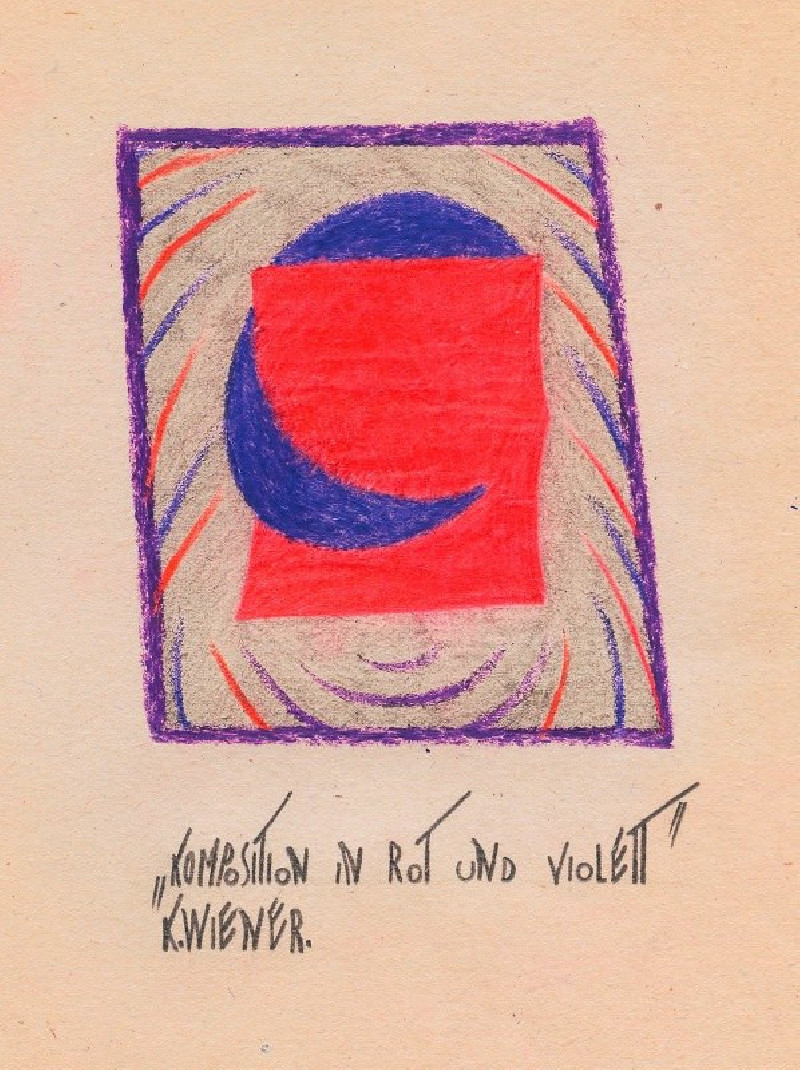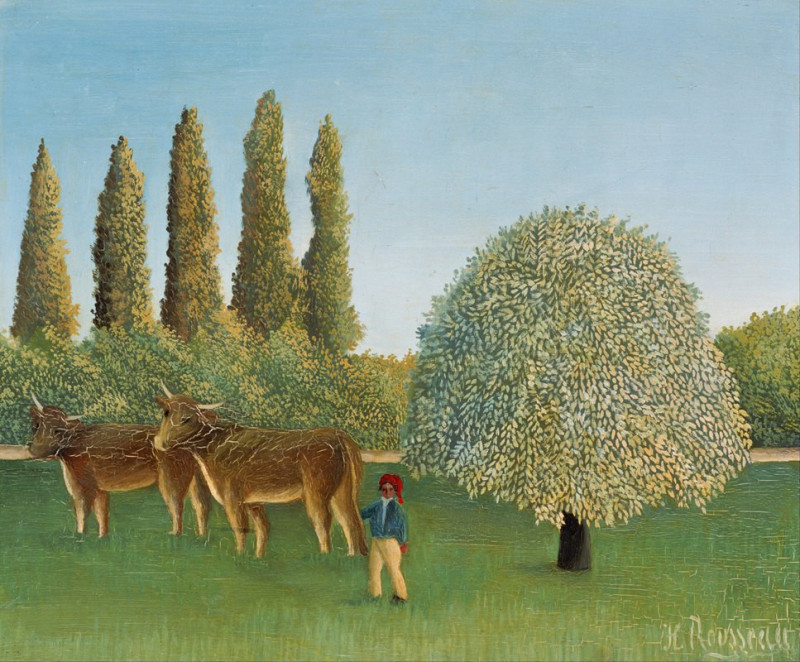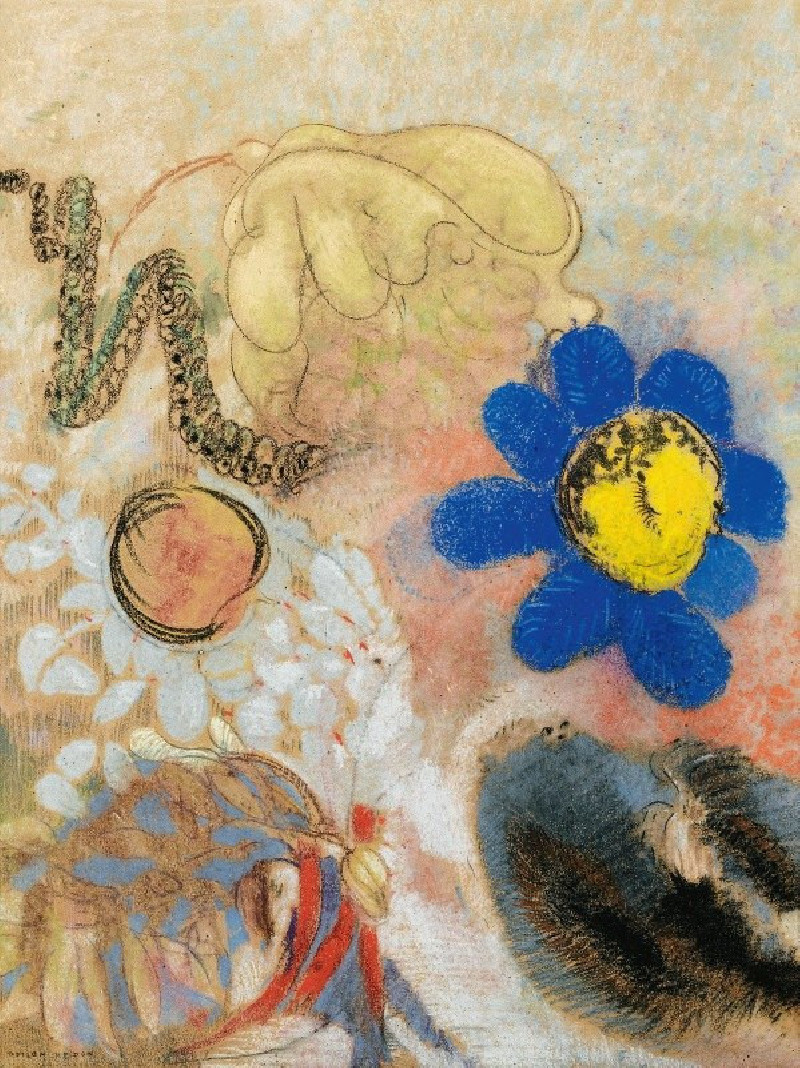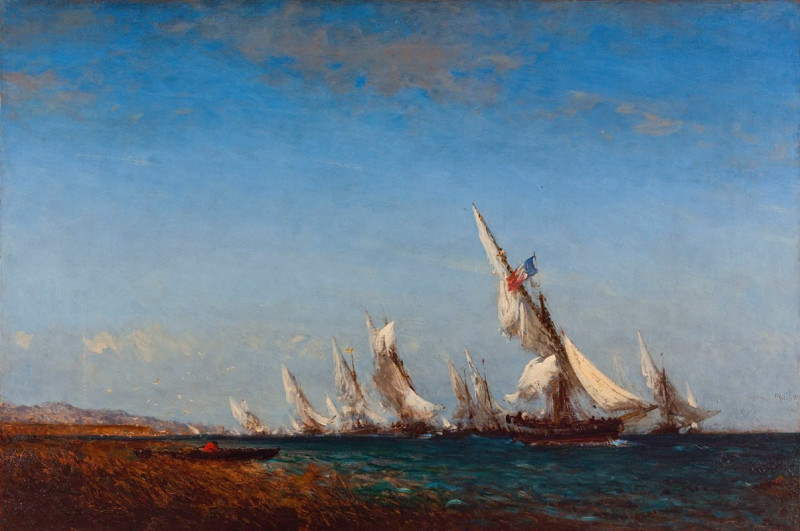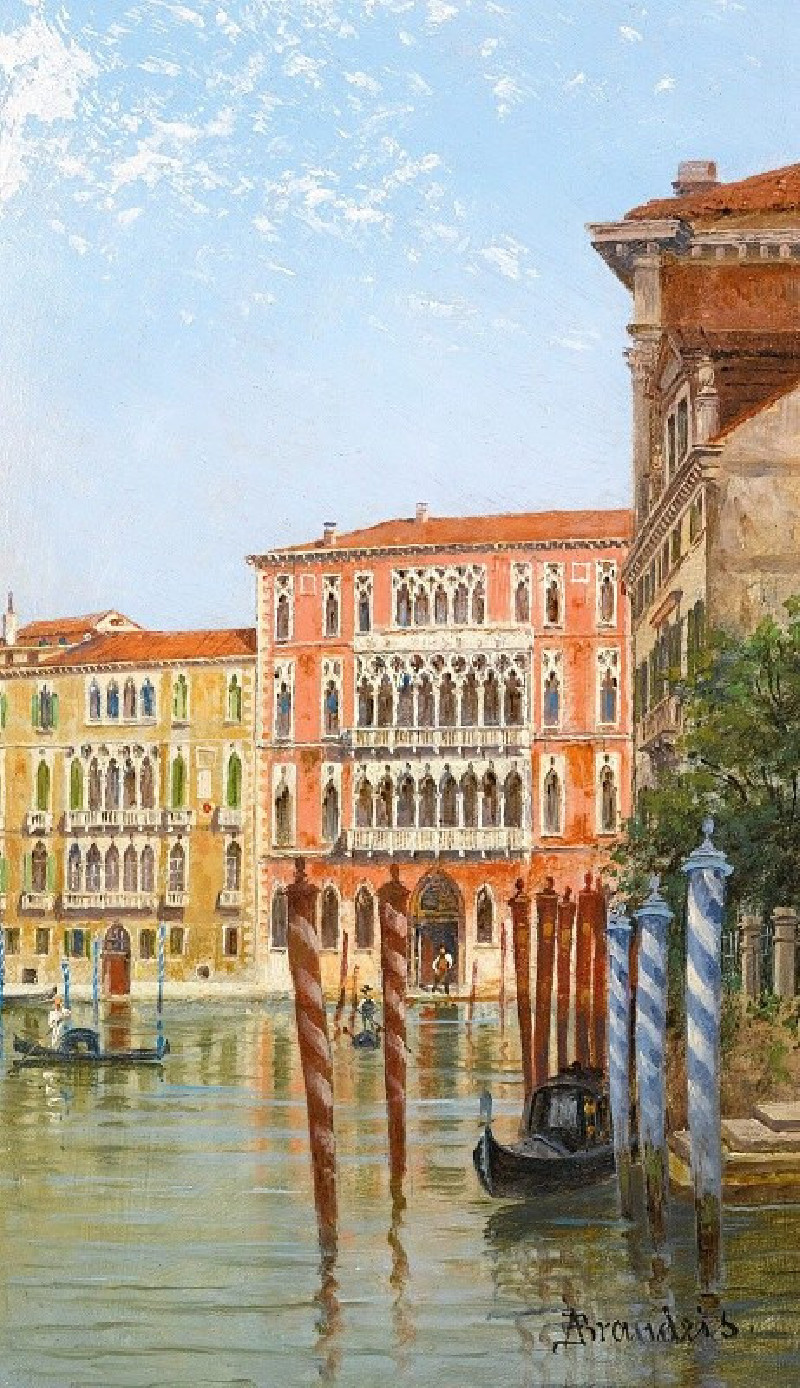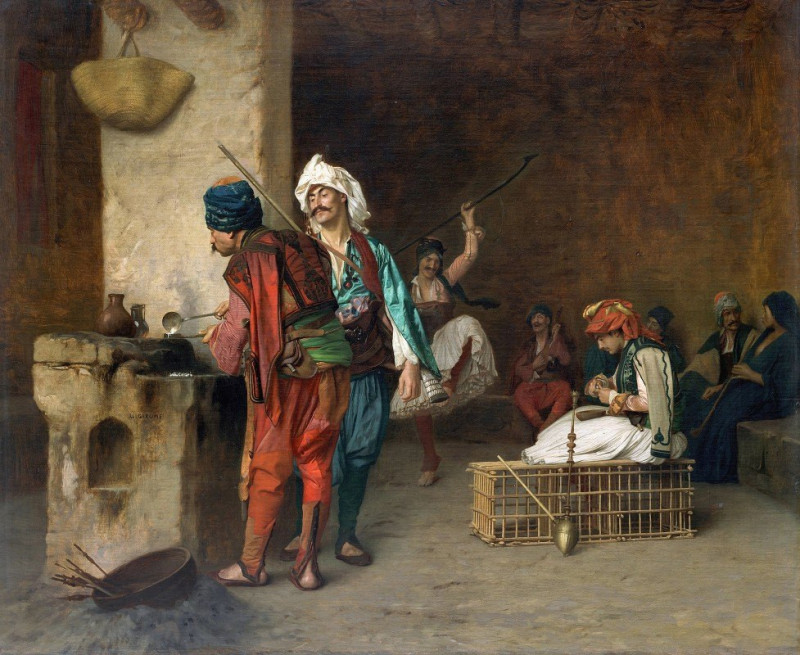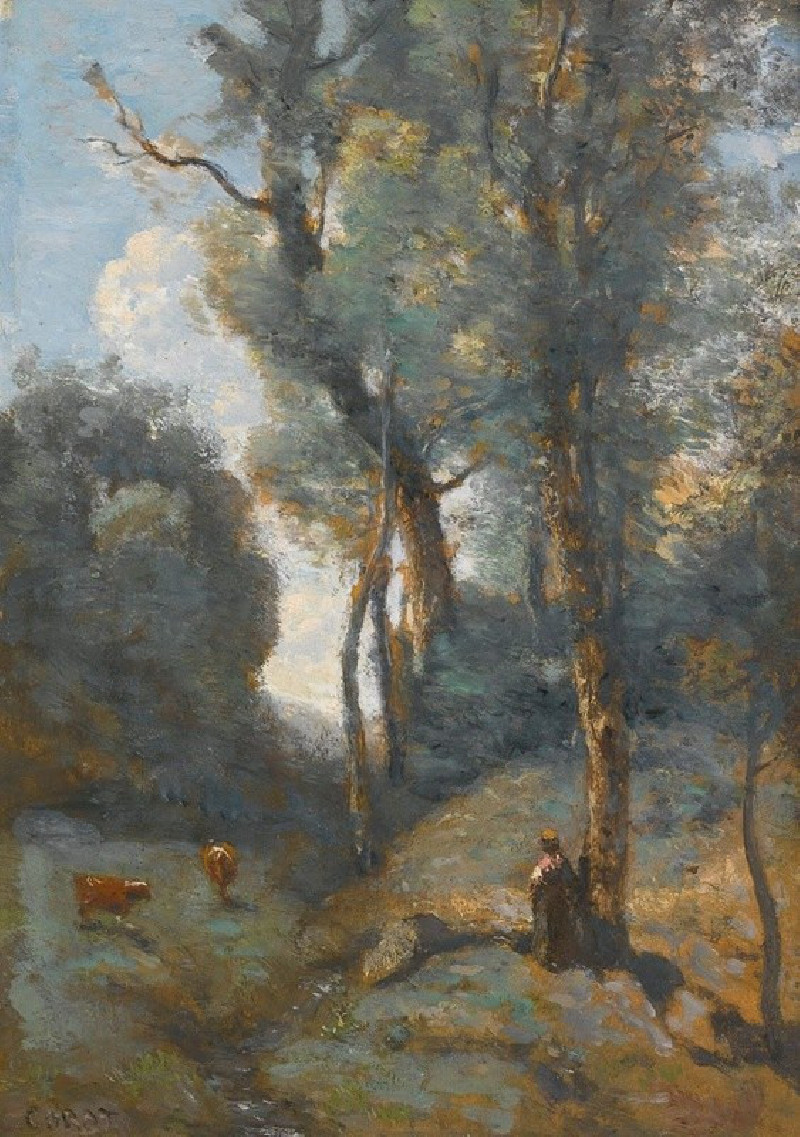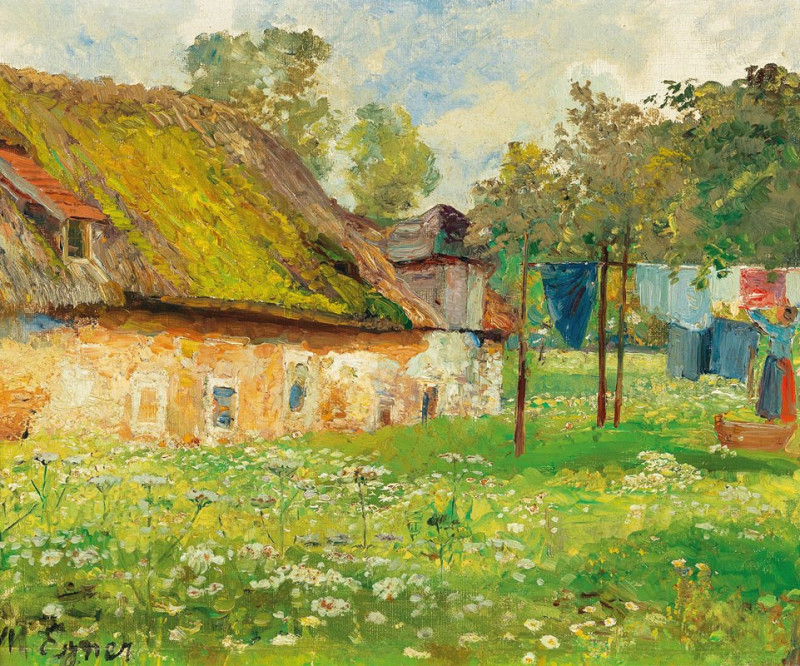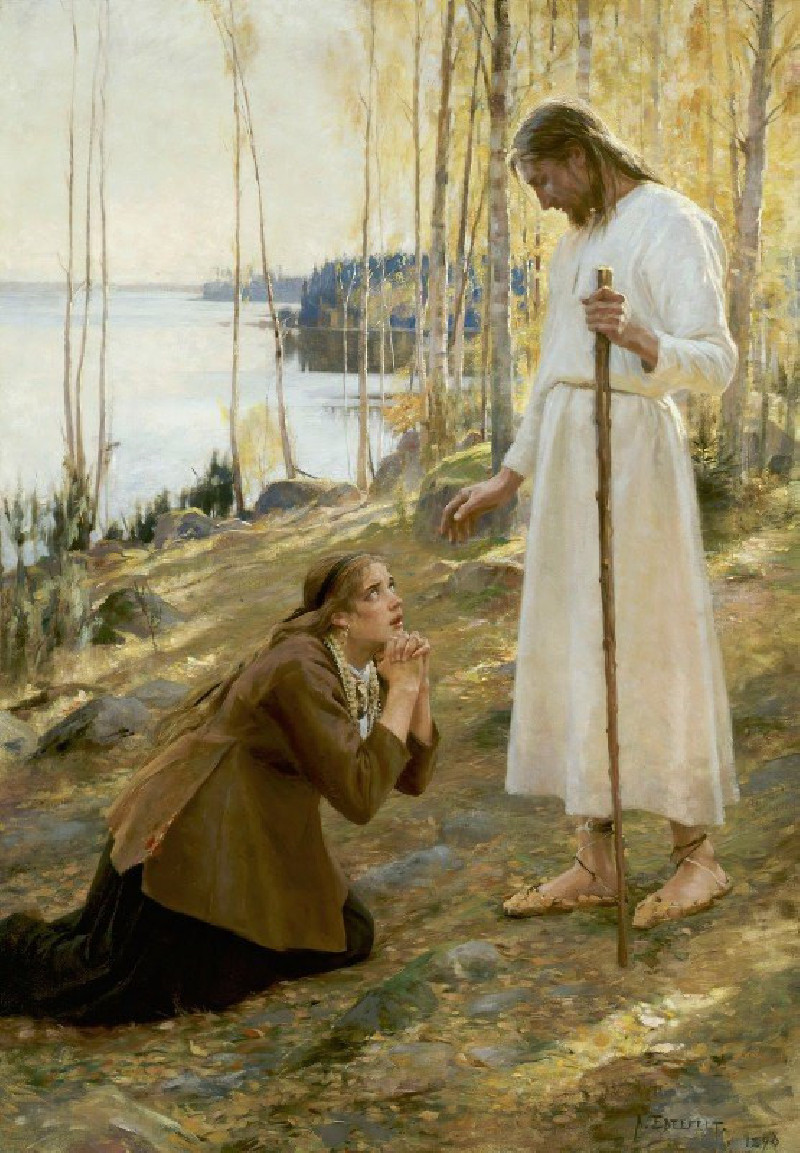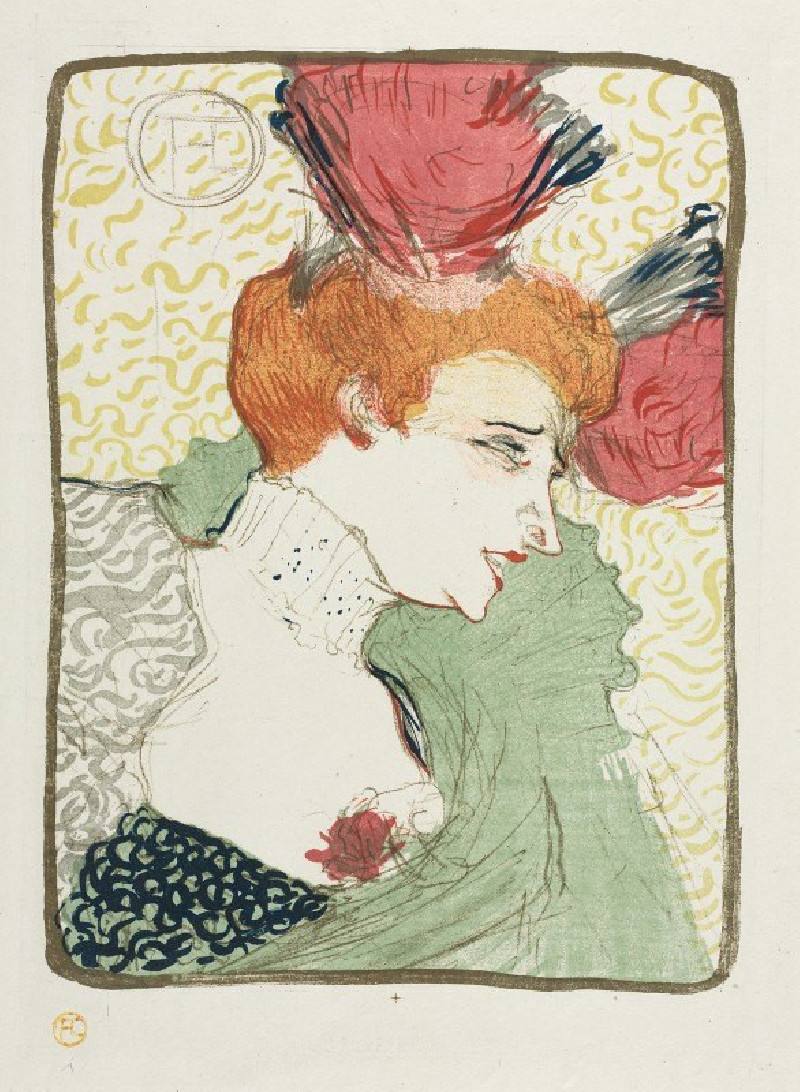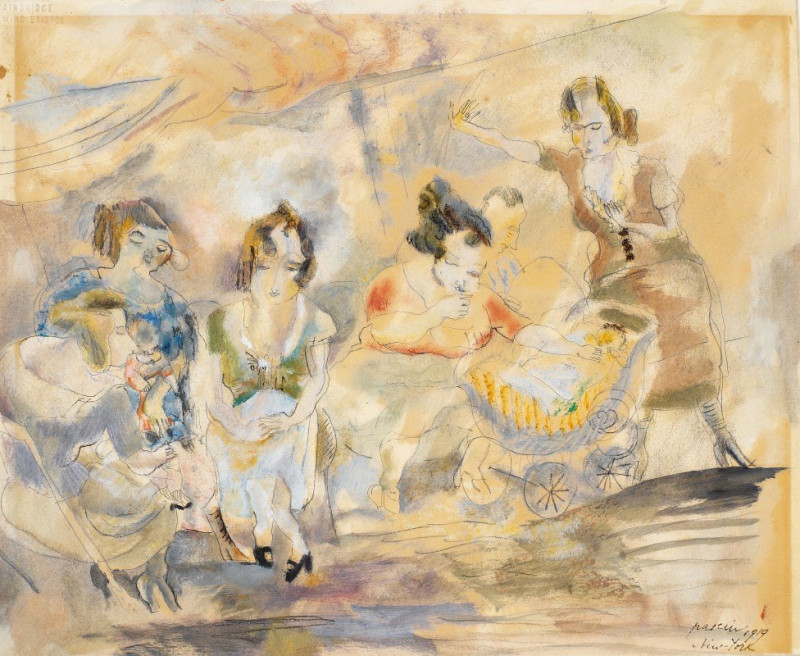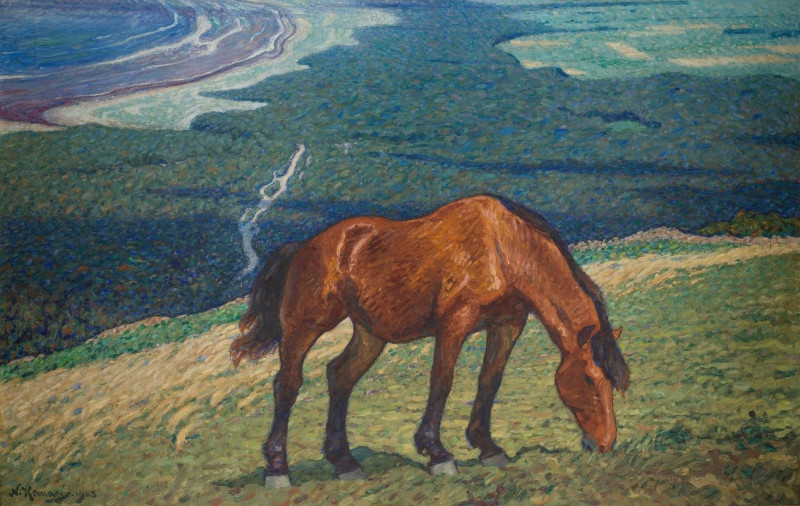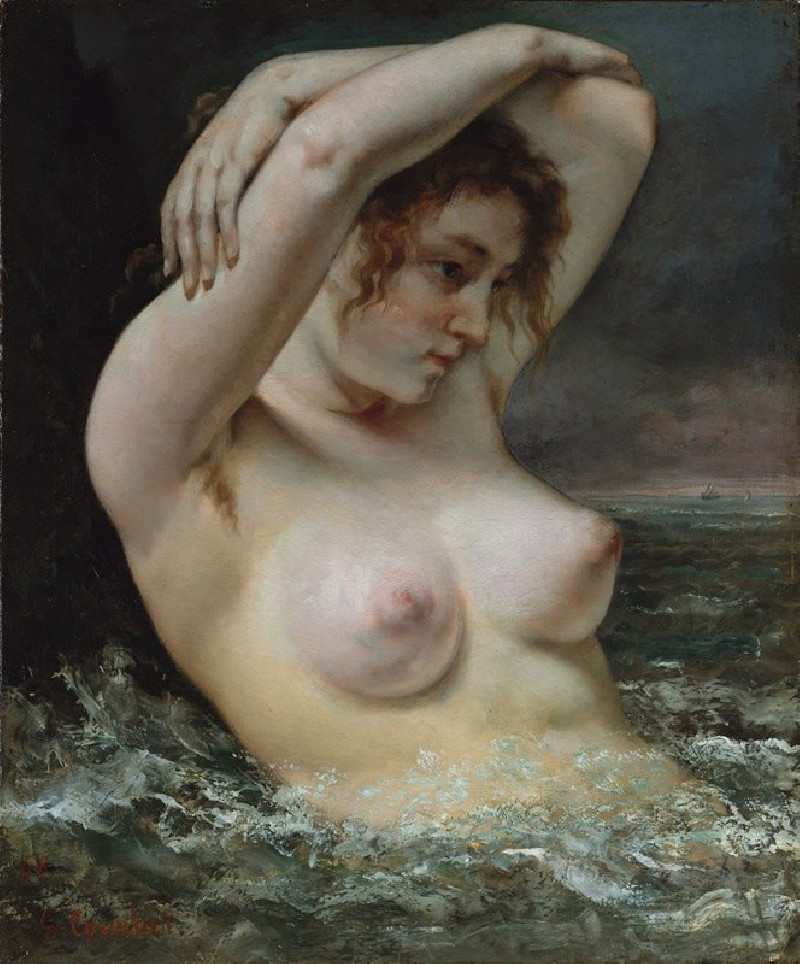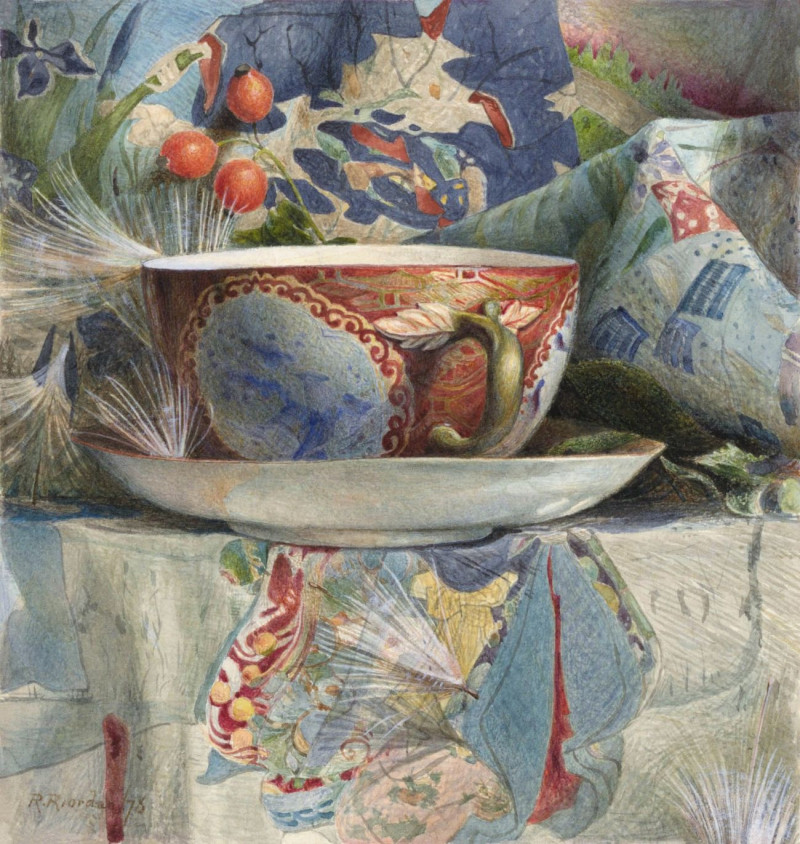Komposition in Rot und Violett (around 1921)
Technique: Giclée quality print
Recommended by our customers
More about this artwork
Discover "Komposition in Rot und Violett" by Karl Wiener, a captivating artwork dating back to around 1921 that embodies the spirit of geometric abstraction. This exquisite piece features a bold composition where a vibrant red square and a serene violet crescent shape inhabit the central space, intertwined yet distinctly separate. Surrounding these central figures, radiant lines in white and violet hues extend towards the edges, suggesting movement and energy emanating from the core.The use of a simple color palette emphasizes the shapes and the dynamic between them, creating a visual dialogue within the confines of the frame. The background, in its subtle earth tone, allows the vivid colors of red and violet to stand out, enhancing their visual impact.Karl Wiener's work is a prime example of early 20th-century abstract art, where color and form convey depth and emotion without depicting the physical world. This painting invites viewers to explore the interplay of geometry and color, evoking a sense of balance and tranquility amidst vibrant tension.

